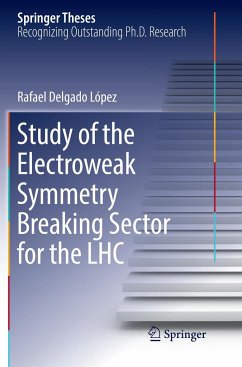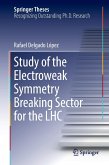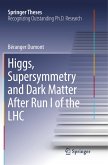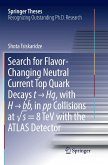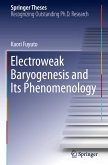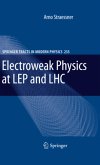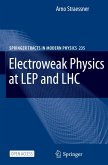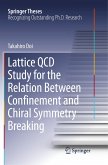In this dissertation, we revisit the prospects of a strongly interacting theory for the Electroweak Symmetry Breaking Sector of the Standard Model, after the discovery of a Higgs-like boson at 125GeV. As the LHC constrains new phenomena near the Higgs mass, it is natural to assume that the new scale is of order 1TeV. This mass gap might indicate strongly interacting new physics. This work is of quite general validity and model independence. With only a few parameters at the Lagrangian level, multiple channels (possibly with new physics resonances) are describable, and many BSM theories can be treated. It will be of interest to postgraduate students and researchers, and is accessible to newcomers in the field. Many calculations are given in full detail and there are ample graphical illustrations.
Bitte wählen Sie Ihr Anliegen aus.
Rechnungen
Retourenschein anfordern
Bestellstatus
Storno

